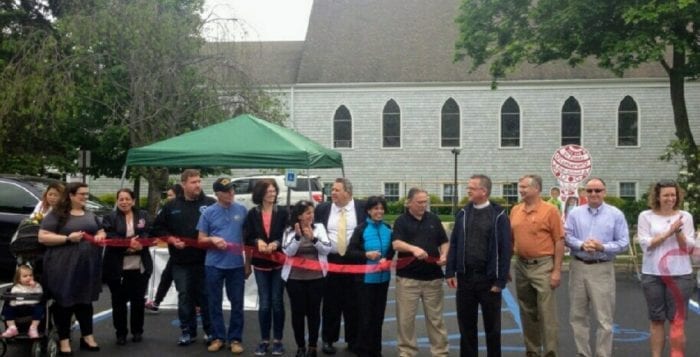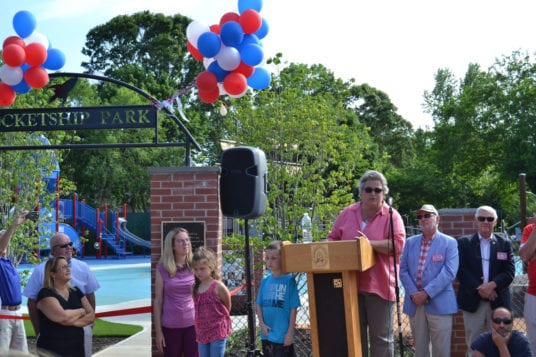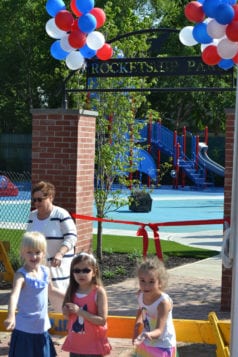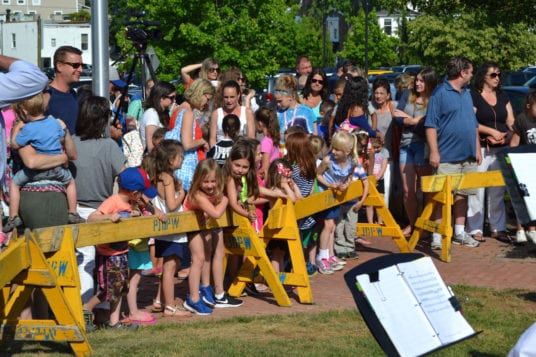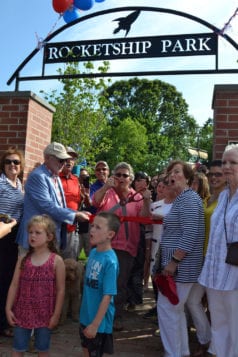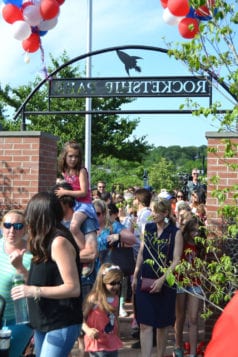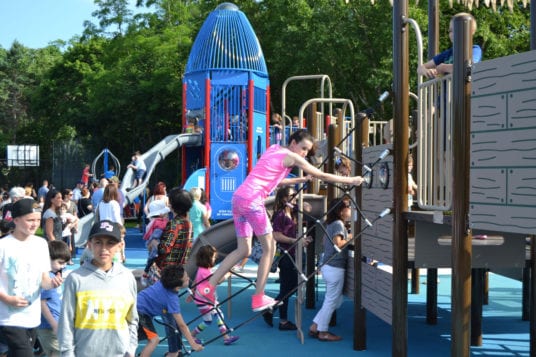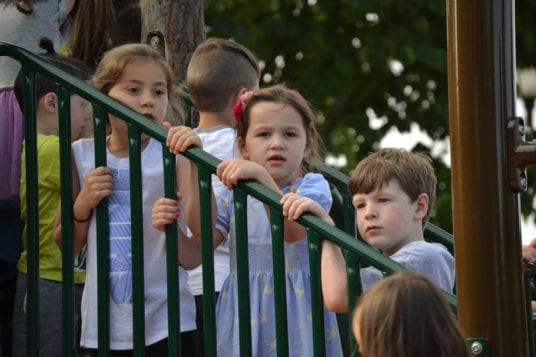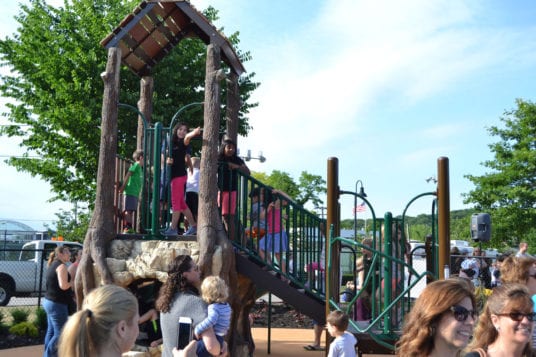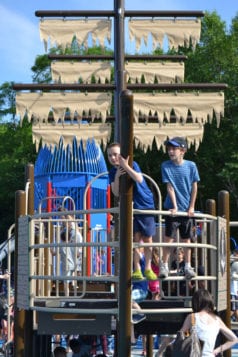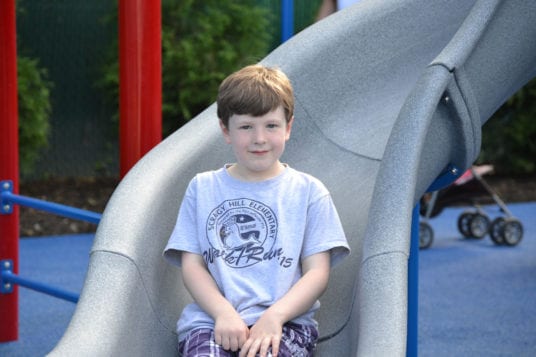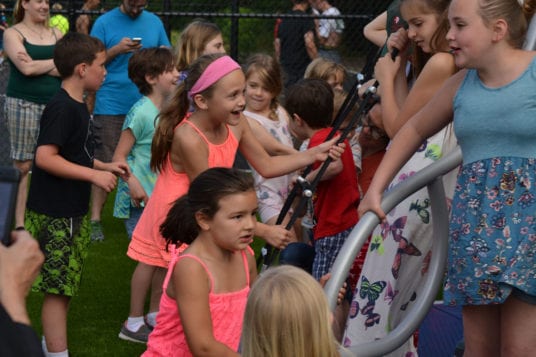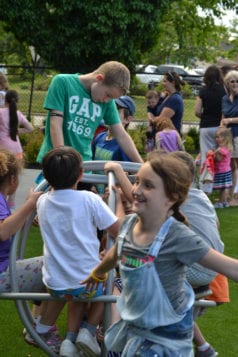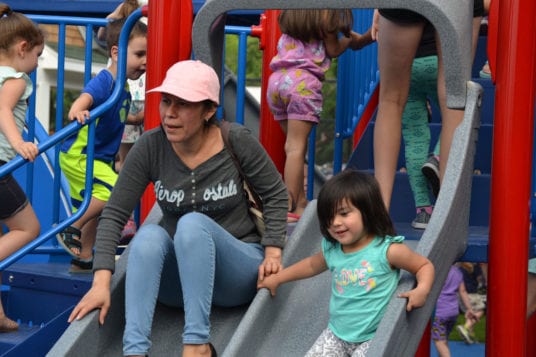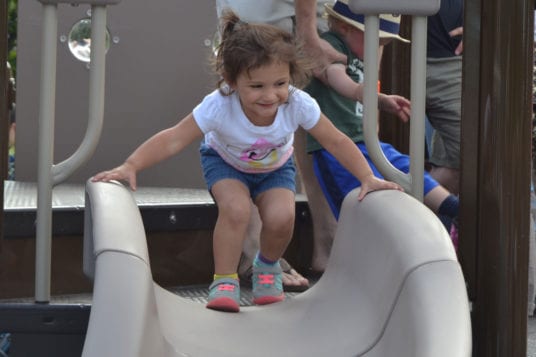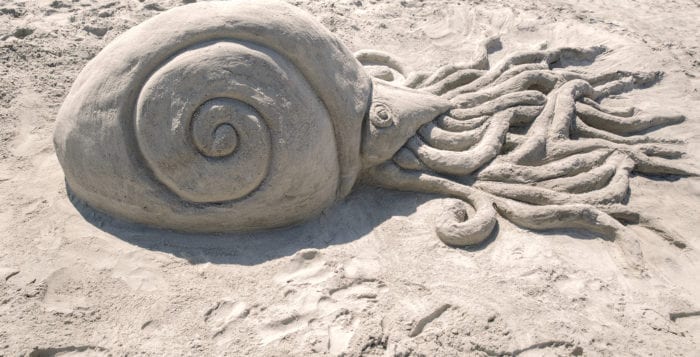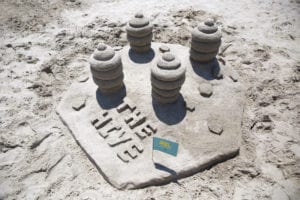By Barbara Beltrami
Here it is the middle of June and finally the weather has caught up with the calendar. Despite all the rain and unseasonably cold weather that descended upon us at the beginning of the month, local strawberries, undaunted, have made their timely appearance, thank goodness.
Like most other fruits and vegetables, our local strawberries are so much more flavorful than the imported ones we get throughout the year. More sweet and juicy, they easily lend themselves to being eaten without any adornment. But if you insist, a little sugar and some heavy cream poured over them suffices. And if you want to make them the focus of a fancier dish, there are always plenty to choose from.
Although there are many who swear that strawberries are good in savory dishes such as strawberry risotto, strawberry-tomato soup, and strawberry-jalapeno-avocado salsa, give me a strawberry layer cake or a strawberry cheese tart with chocolate crumb.
Strawberry Layer Cake

YIELD: Makes 6 to 8 servings
INGREDIENTS:
5 to 6 egg whites (depending on size of eggs)
1/8 teaspoon salt
½ teaspoon cream of tartar
½ cup sifted cake flour
¾ cup sugar, sifted
1 quart strawberries, washed and dried
3 tablespoons sugar
¼ cup orange juice
1 pint heavy cream
¼ cup sugar
½ teaspoon vanilla extract
1 pint strawberry ice cream, slightly softened
DIRECTIONS: Preheat oven to 350 F. Grease a 10- by 5- by 3-inch loaf pan. Beat egg whites until frothy and just stiff enough to form peaks, but not dry; sprinkle salt and cream of tartar over top. Gradually and gently sift in ¾ cup of sugar with flour. Gradually add mixture into egg whites, folding it in as you do so. Turn into ungreased loaf pan and bake for 25 minutes or until done. Invert pan onto rack and let stand for one hour or until cool.
Meanwhile hull and slice half the strawberries (leave the remaining half whole but cut off stems); mash the sliced ones with 3 tablespoons sugar and orange juice. Using an electric mixer or egg beater, whip the cream with ¼ cup sugar and vanilla extract. Slice the cake into three layers; spread the mashed strawberries over one layer, then place second layer over them; spread the strawberry ice cream over that layer and top with the third layer. With a spatula spread the whipped cream over top and sides of cake and place whole strawberries, pointed end up, on top. Serve immediately with hot coffee or tea or ice cold milk.
Strawberry Cheesecake with Chocolate Crumb Crust
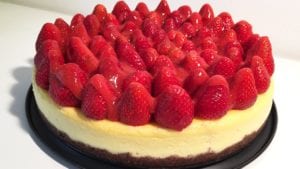
YIELD: Makes 8 servings
INGREDIENTS:
Nonstick cooking spray
¾ stick unsalted butter, melted
1 ounce semisweet baking chocolate
One 9-ounce package chocolate wafers, finely crumbled
One 8-ounce package cream cheese, softened
One 14-ounce can sweetened condensed milk
1/3 cup freshly squeezed lemon juice
1 teaspoon vanilla extract
1 quart fresh strawberries, washed, dried and hulled
1/3 cup melted red currant jelly
DIRECTIONS: Spray a 9-inch pie plate with nonstick cooking spray. In double boiler, melt butter and chocolate. In medium bowl, combine mixture with cookie crumbs. Press into pie plate. Refrigerate for one hour. In another medium bowl, gradually whisk together the cream cheese and milk; add lemon juice and vanilla and stir thoroughly. Pour into chilled pie crust; top with whole strawberries, pointed end up. Brush with jelly. Refrigerate for at least 3 hours before serving with coffee, tea or milk.
Strawberry Margaritas
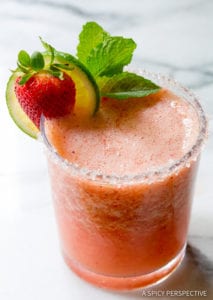
YIELD: Makes 4 margaritas
INGREDIENTS:
1 quart fresh strawberries, washed, dried and sliced
2½ cups crushed ice
½ cup freshly squeezed lime juice
¼ cup sugar
5 lime wedges
¼ cup orange liqueur
¼ cup coarsely ground sea salt
4 sprigs of mint
DIRECTIONS: In a blender, combine strawberries, ice, lime juice, sugar and orange liqueur. Pulse until smooth. Rub rim of each glass with a lime wedge, then turn glass upside down and dip in salt to coat. Pour into four cocktail glasses and garnish each glass with a lime wedge and sprig of mint. Serve with pesto crostini, salsa and tortilla chips, a wedge of manchego cheese, tacos, burritos or empanadas.

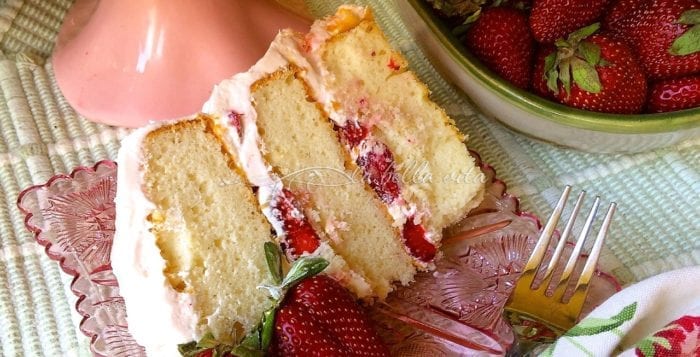
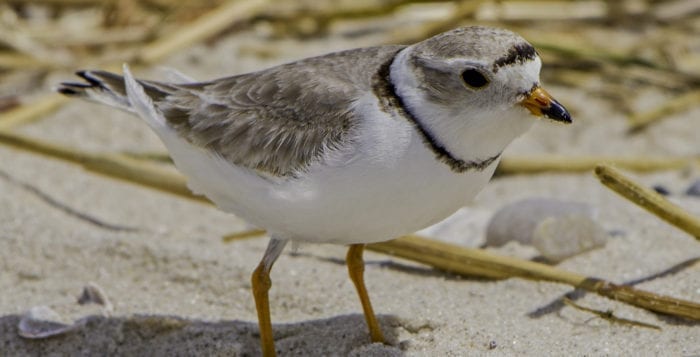
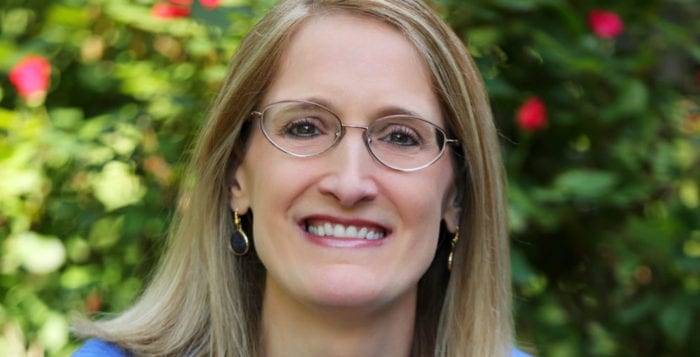
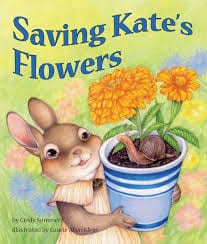 Each year, 15 books are honored from U.S. and international regions from more than 1,000 nominated books. Members of SCBWI vote to honor the outstanding work of their peers in the genre of children’s books. SCBWI is the only professional organization specifically for those individuals writing and illustrating for children and young adults in the fields of children’s literature, magazines, film, television and multimedia.
Each year, 15 books are honored from U.S. and international regions from more than 1,000 nominated books. Members of SCBWI vote to honor the outstanding work of their peers in the genre of children’s books. SCBWI is the only professional organization specifically for those individuals writing and illustrating for children and young adults in the fields of children’s literature, magazines, film, television and multimedia.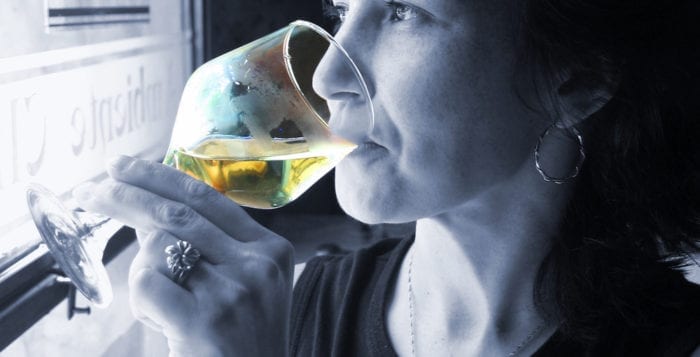



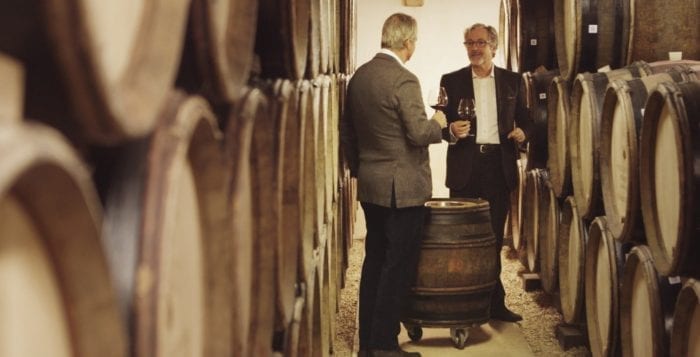
 Set in the super-fast, super-rich world of LA and New York during the financial boom of the early 2000s, in the lead up to the 2008 financial crash, and featuring the obsessive collectors, outraged wine producers, suspect auction houses and specialist FBI sleuths, “Sour Grapes” is an “Emperor’s New Clothes” fable for the modern age.
Set in the super-fast, super-rich world of LA and New York during the financial boom of the early 2000s, in the lead up to the 2008 financial crash, and featuring the obsessive collectors, outraged wine producers, suspect auction houses and specialist FBI sleuths, “Sour Grapes” is an “Emperor’s New Clothes” fable for the modern age.